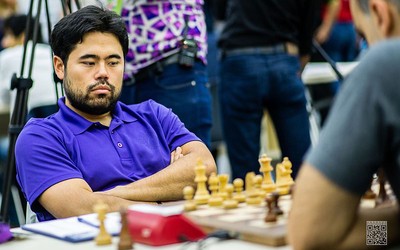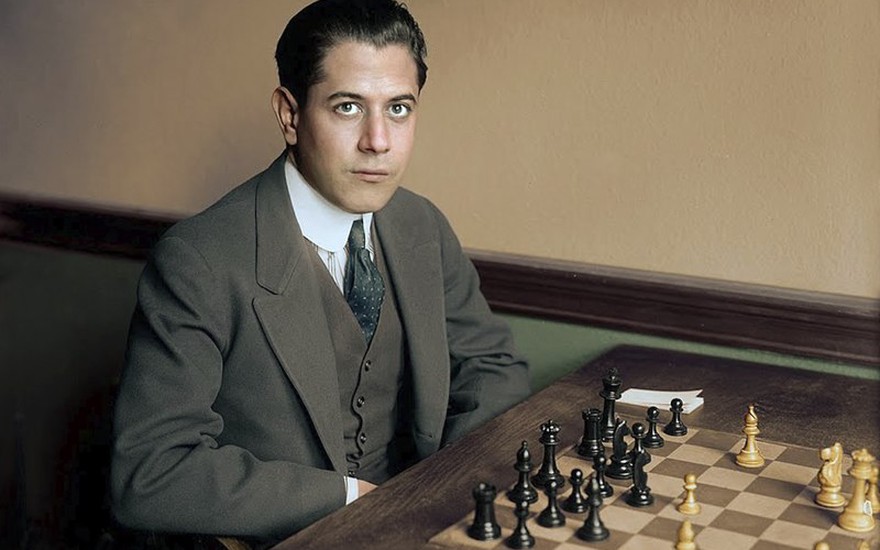
By Unknown author (Wikimedia Commons) - "I made several edits using Adobe Photoshop Elements to improve image quality. Reportedly, photograph date: between 1915 and 1919."
The World Champions' Weirdest Pets - José Raúl Capablanca and Bird's Opening
This series of articles will cover some of the weirdest openings world champions have played consistently.Donations are much appreciated. All of my content and writings will be free forever according to the "Truthdoc code" (to be published some time next year) - help keep such content going strong :). Donate
Introduction
José Raúl Capablanca was probably the first chess world champion to be described by many as a "natural" chess player. The reason for such a description is mostly because his victories made chess look easy, for he applied very simple principles to perfection. Of course, the amount of calculation required to make such "simple" chess work is gargantuan. Due to his "simple chess" style, Capablanca was well-known for his exceptional endgame skills, where many have likened world champion Magnus Carlsen's endgame technique to that of Capablanca. Capablanca was no slouch in tactical melees either, and he had some very nice sacrificial victories. Because of his generally solid style, however, he did not venture into too many "weird" openings. Therefore, in this two-part series on Capablanca, we'll only cover his adventures with Bird's Opening in part one and the King's Gambit in part two. The games in these openings were mostly played in simultaneous exhibitions.
Bird's Opening
Note: The variations covered will only deal with those that were played in the games featured in this article.
Note 2: All of these games, except for the game against Turover, were played in simultaneous exhibitions.
Bird's Opening cannot really be said to be one opening. Because of its flexibility, it can transpose into several different openings, including wild openings such as the King's Gambit. Similar to the Dutch Defense (Bird's Opening is basically a Dutch a tempo up), White can choose to go for a fianchetto setup with g3-Bg2, a Stonewall-like setup with d4-e3 and a possible c3, or a Classical setup with e3-Be2-O-O and a quick attack on the kingside. In the games we will look at, Capablanca largely favored a Classical setup with e3-Be2-O-O, with a queenside fianchetto of the dark-squared bishop at times. Speaking more specifically about Bird's Opening, it does weaken the e1-h4 diagonal, as does the Dutch. However, 1. f4 participates in the control over the center and affords White some attacking opportunities. Overall, in terms of "weird" openings, Bird's Opening is not unsound at all.
A Crushing Victory
On the year (1927) Capablanca would lose his world championship title to Alexander Alekhine, he played this brilliant game against L Barroso in a simultaneous exhibition. Unfortunately, I again could not find much (any) information about Capablanca's opponent, L Barroso. Once more I hope chess historians can give us some information about this player!
Barroso played some reasonable moves, but that won't do against a world champion. Capablanca capitalized on some seemingly minor errors by Black and created an unstoppable pawn avalanche on the kingside.
A Devastating Defeat
It's very saddening that again no information turned up concerning Capablanca's opponent, J Bermingham. It's quite striking that this player's only game on record was a simultaneous exhibition win against the mighty Capablanca! Amazing!
A rather lamentable loss for Capablanca! Black did well to hold on, but Capablanca simply played a terrible game. Of course, Capablanca cannot be faulted for missing insanely accurate moves such as 11. Qh5, which should have been played instead of 11. Qg4. Regrettably, Capablanca's queen trade basically forced a win for Black.
A Slugfest
Isador Samuel Turover was a strong American player who had some local titles under his belt. However, many people may know him more as a chess sponsor who helped out Bobby Fischer himself! Truly, Turover had quite the turnover in terms of world champions. Okay, no more puns in this article, I promise!
Turover got really good chances to win the game! Even after he spoiled some of his winning chances, the game was definitely headed toward a draw. Luckily for Capablanca, though, Turover made a huge blunder deep into the (easily-)drawn theoretical rook endgame.
A Hard-Fought Draw
Walter Malowan was an American chess player and later contract bridge player who was close to expert strength. Let's see how he gives Capablanca a tough time!
Capablanca was really playing some swashbuckling chess that many 18th and 19th century Romantic players would not even dare to play! 8. Kf2?! 16. Rxf5?! Seriously?! Capablanca should've definitely been rewarded for his daring play, and Malowan was about to give Capablanca his reward with 35...Rgg7. I guess Capablanca didn't want any gifts then!
A Peaceful Game
George Eastman was an American chess player who was close to master strength. He won the Canadian Championship in 1931; after that, he moved to the US, where he won the Michigan championship eight times. Let's see how Eastman makes peace with Capablanca.
The game was rather simplifications-prone from the beginning, but both sides still retained chances for an advantage. Capablanca kind of escaped in the last portion of the game as Eastman could have definitely pressed with 31. Re6.
Let's test what you've learned!
Test
Finish him (Raiden voice)!
Maybe Capablanca mouseslipped...
Not very Capablanca-like!
No comment!
Black's position looks reasonable, but, in fact, there are hidden dangers lurking under the surface.
Whose passed pawn is stronger?
With Malowan's blunder, Capablanca's exchange sacrifice looks justified...
Don't acquiesce to a draw!
Conclusion
In conclusion, Capablanca had a specific system in Bird's Opening that he was particularly fond of employing. This system allowed Capablanca to go for his typical positional squeezes; however, Capablanca's Bird's Opening was not without some (a lot of) tactical sharpness. In his games against Barroso and Malowan, Capablanca played very aggressively. It has to be said, though, that these games were simultaneous exhibition games, and the only game that wasn't played in an exhibition, that against Turover, was much calmer. Again, we can only begin to imagine what kind of positional masterpieces Capablanca would've played in Bird's Opening had he only played the opening more often!
More blog posts by FischyVishy
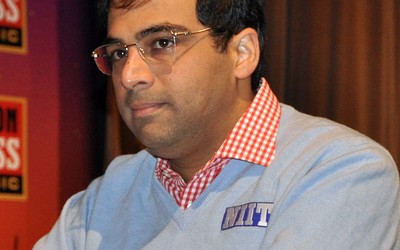
Attacking Chess Patterns: Grand Prix, Queen(1) Attack, and Grand Thorn
In this series of articles, I list and explain all kinds of chess patterns. Chess patterns are recur…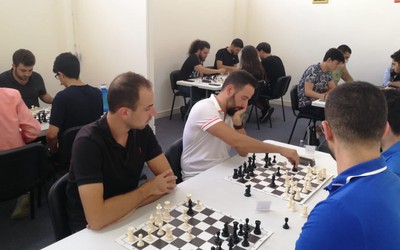
Why Bughouse Is Good for the Environment
Bughouse — Give it a try if you care about planet Earth.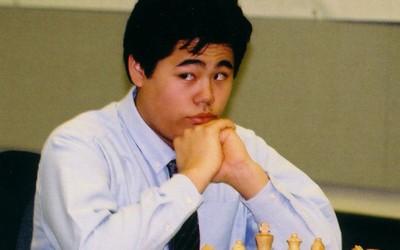
Nakamura's Secret Weapon Against the Réti Opening - The Ideal Center (Part 2)
In this series of articles, we will deeply analyze a very interesting and novel setup that Hikaru Na…